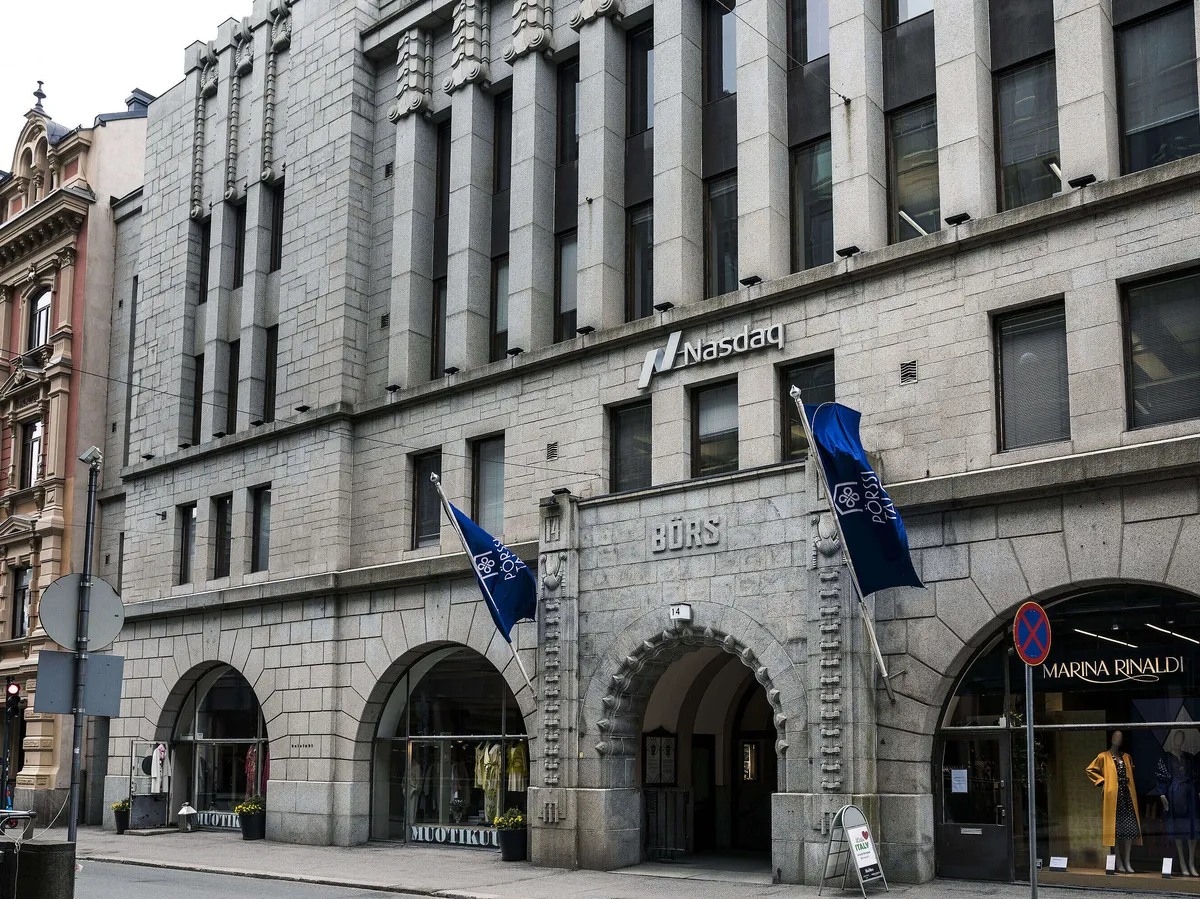During the first community hydrogen auction, Spain and Portugal emerged as dominant players in the European Union’s efforts to decarbonize hard-to-electrify sectors. Two projects from each country received significant funding, while Norway and Finland were also among the beneficiaries. The funds for the auction came from revenues generated by the CO₂ emissions trading scheme, which will be used to support renewable hydrogen initiatives across Europe.
The seven winning projects will receive a bonus to bridge the price gap between their production costs and revenue generation. This energy vector is expected to play a crucial role in transitioning to a cleaner energy system. The largest recipient of funding in Spain is Catalina, a project located in Andorra that will receive over 230 million euros over the next decade. The project involves building a 500-megawatt electrolyzer powered by wind and solar plants, producing 84,000 tons of hydrogen annually.
The European Commission has indicated that there will be a second call for similar projects by the end of the year, reflecting growing interest and potential for renewable hydrogen production across Europe. The European Hydrogen Bank aims to attract private and third-country investments in the sector to address challenges and bridge funding gaps for future projects. Despite concerns about project implementation and operationalization, Enagás technicians anticipate significant national production of green hydrogen by 2030, with plans for exporting a substantial portion of it through infrastructure like the BarMar pipeline, connecting Spain to other European markets.



